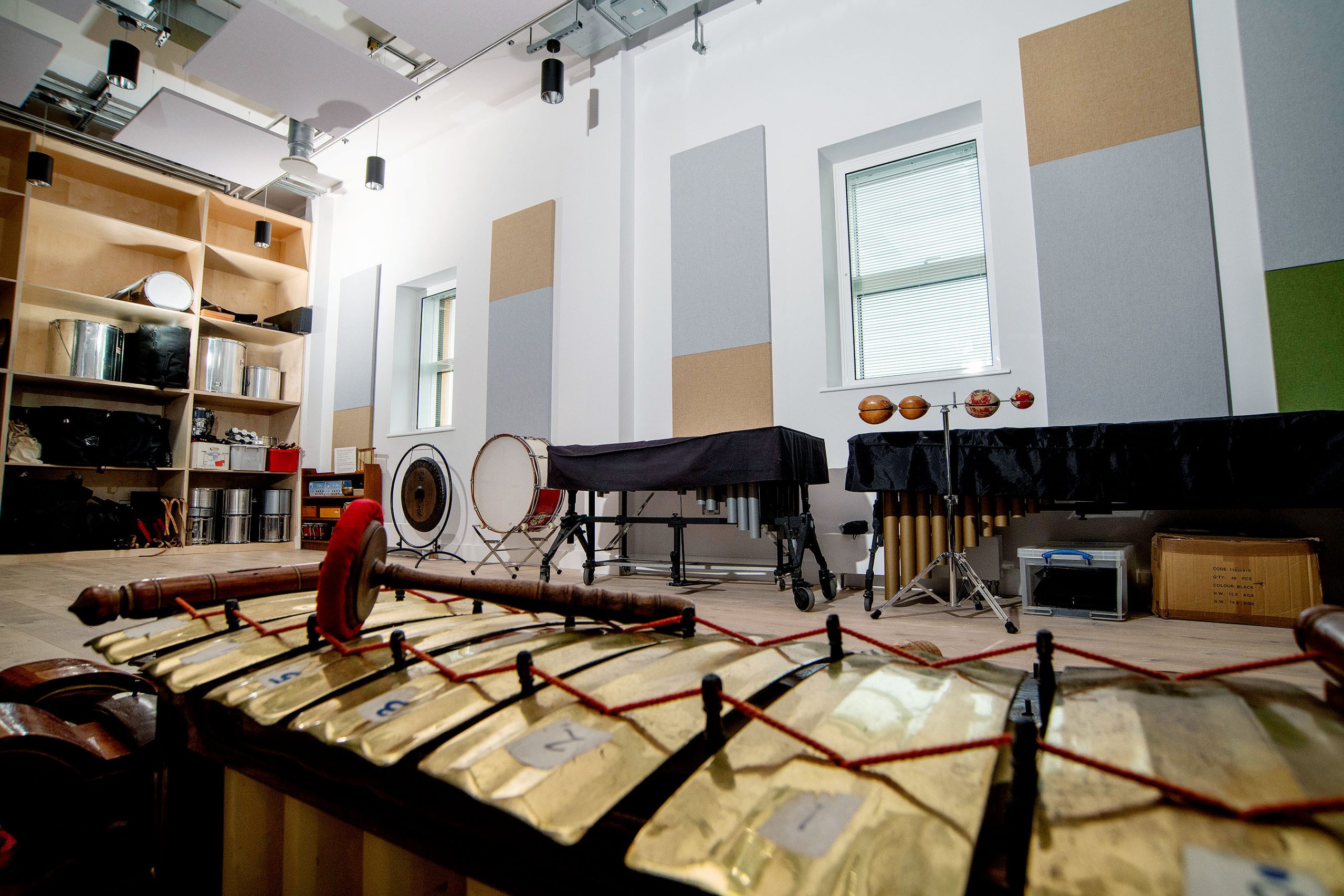Our technical experts at Granada Secondary Glazing often get asked to clear up myths surrounding secondary glazing. Here we take a closer look at the five most common misconceptions – and set the record straight.
Myth: Secondary glazing can be bulky and obtrusive
While it’s true that some early designs from the 1960s and 1970s involved simply tacking a plastic-framed glass panel to the primary window, today’s secondary glazing systems are far more sophisticated, sleek in appearance and virtually invisible.
Advances in materials, designs, manufacturing and installation techniques have created modern secondary glazing solutions that are as discreet as they are effective in blocking out cold, noise and improving security.
Slimline aluminium frames offer robust support for even the largest expanses of glass meaning that the secondary glazing blends with the internal décor. The frames can be powder-coated in a choice of over 200 RAL colours to ensure a perfect colour match with the primary windows.
Myth: Secondary glazing looks old-fashioned and isn’t relevant in the 21st century
This couldn’t be further from the truth. In the current times of rising energy costs, more stringent energy efficiency regulations and emerging climate crisis, secondary glazing has never been more relevant.
Amid concerns over rapidly escalating energy prices – and with more rises to come – homeowners are seeking ways to conserve energy and keep costs down.
In older or poorly insulated homes, such as those with single glazing, installing secondary glazing to improve thermal efficiency can deliver significant benefits in both reducing energy bills and excluding external noise.
Secondary glazing is a simple and inexpensive way to reduce draughts, retain warmth and cut heating bills. Cold draughts and condensation are eliminated with secondary glazing as the extra barrier creates an insulating layer to prevent warmth escaping – reducing heat loss by up to 65%.
If external noise is a problem, whether from traffic, aeroplanes or people passing by, secondary glazing is an excellent and cost-effective solution. When correctly installed, secondary glazing can make buildings up to 80% quieter by reducing noise levels up to 54dB. That’s why the system is frequently specified for projects such as the hotel and hospitality sector to ensure a comfortable and more tranquil experience for guests.
Myth: Secondary glazing wouldn’t be suitable for historic and listed buildings
Secondary glazing is accepted, in most instances, by heritage organisations including Historic England, the National Trust and the Listed Property Owners Club. However, as with any work undertaken on historic and listed buildings, Conservation Officers must be consulted, and Listed Building Consent is required.
Where single glazed primary windows are retained – especially in historic and listed buildings for aesthetic or planning requirements – secondary glazing is frequently the preferred option to create a warmer, quieter and more secure environment.
Slimline aluminium frames are virtually undetectable, preserving a building’s charm and character while bringing the glazing system up to modern-day performance standards. Often, secondary glazing is the only way to properly insulate traditional buildings, which might otherwise fall into disrepair. It can help to regenerate them and bring them back into use.
Many different types of historic, listed and conservation area buildings can be treated with a bespoke secondary glazing solution that can transform their use and enjoyment by the occupants.
For example, the owners of a single-glazed apartment in an historic converted cotton mill in Manchester saved around 40% on their monthly electricity bills after investing in Granada Glazing’s secondary glazing. Their verdict: “Secondary glazing is the best investment we’ve made on this property to date. It’s made a huge difference, saved us money and the flat is now silent and warm.”
Myth: Secondary glazing products are poorly designed and difficult to use
Modern secondary glazing systems have benefited from significant investment in innovative design, quality finishes and manufacturing techniques resulting in superior performance and aesthetics.
Granada Glazing’s latest product range features ultra-slim, durable aluminium frames with even narrower sightlines than its predecessor to create what is set to be the most unobtrusive secondary glazing system available for homeowners, trade customers and commercial partners.
Bespoke secondary glazing solutions can be devised for even the most complex projects, including arched, circular and angled frames to fit the most challenging primary window shapes.
Opening the secondary glazing units for access, such as cleaning or ventilation is also much easier. For example, a ‘slidepass’ feature on the vertical sliding units allows the panels to slide completely and smoothly past each other. Alternatively, for windows that require only occasional access for cleaning or maintenance, lift out units can be easily removed and replaced as required.
Myth: Secondary glazing isn’t cost-effective or flexible
Every secondary glazing project is as unique as the building into which it is installed. That’s why it is specifically specified and designed to suit its purpose, whether for thermal, acoustic or security reasons.
Bespoke units are designed and manufactured to fit the primary windows precisely and deliver the required performance over their long lifetimes.
When replacing single-glazed windows could be an expensive undertaking, improving the thermal and acoustic efficiency with cost-effective secondary glazing is often the desired route for residential properties, commercial and public buildings.
Granada Glazing’s high-specification secondary glazing solution ticked all the boxes for a Hay-on-Wye landlord’s five single-glazed flats in a Grade II listed property in the Brecon Beacons National Park conservation area.
Vertical sliding units, horizontal sliding units and lift out units – all with 6mm Low E glass that reflects heat back into the rooms – have made the flats warmer, quieter and saved money on expensive like-for-like timber sash window replacements. For the landlord, ‘secondary glazing was the most cost-effective choice to bring the windows up to modern thermal efficiency standards.’
More information is available by calling Granada on 01909 499899.
Download this handy guide to find out how secondary glazing can positively impact your home.
